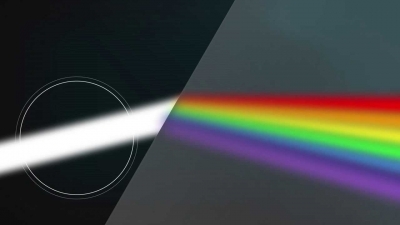What is the sound barrier?

At sea level, sound travels though the air at around 340 m pet second, and slightly slower at high altitudes. The denser the substance, the faster sound will travel through it. Sound travels at 1,500 m per second through water, for example. When travelling at such very high speeds, an aircraft begins to build up a huge wave of compressed air in front of it. This was known as the sound barrier because it was an obstacle to high-speed flight. When the aircraft exceeds the speed of sound, it leaves the built-up waves of pressure behind, and these break away, forming a ‘sonic boom’. The speed of sound in air is called Mach 1, and the speed of supersonic aircraft is measured in Mach numbers. Concorde is the only commercial aircraft to have broken the sound barrier.
Picture credit: google













